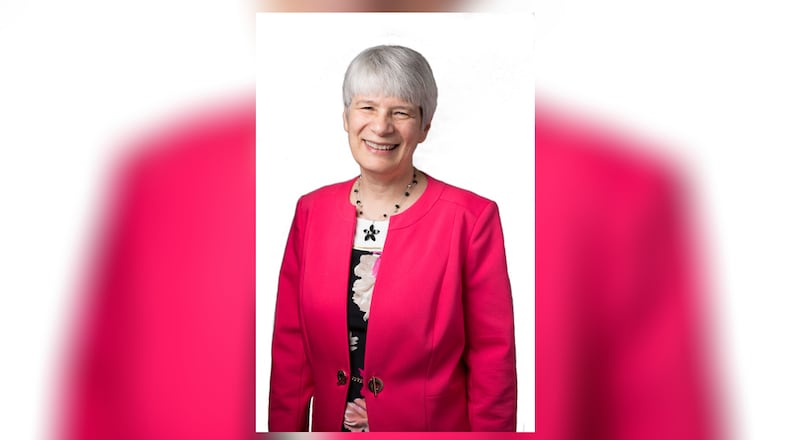But today, it’s not just the climate pressuring us to get off fossil fuels. Our geopolitical and economic realities are now demanding the same thing.
Russia’s invasion of Ukraine was swiftly condemned by world leaders, and President Biden announced a host of sanctions designed to cut Russia out of global economic activity. But Biden initially stopped short of direct sanctions on Russia’s primary exports: fossil fuels. “Russia is incredibly unimportant in the global economy except for oil and gas,” one Harvard economist points out. Ideally, America and our allies would hit them where it really hurts — and indeed, after a few weeks of conflict, bipartisan outcry from Congress prompted President Biden to ban imports of Russian fossil fuel. It’s encouraging to see our leaders increasingly willing to say no to the polluting fuels of a petrostate.
But of course, limiting the supply of oil and gas is expected to drive prices up, adding financial strain at a time when people are already struggling with inflation. It’s clear we need abundant, affordable energy — but what type?
The American Petroleum Institute, a trade association representing American oil and gas producers, has renewed their calls for American energy independence through increased domestic oil and gas production. This is a false solution. The U.S. is already a net exporter of energy, yet our energy prices are still affected by the actions of other major players like Russia and Saudi Arabia. The “solution” of additional fossil fuels would merely be swap — an attempt to address one major problem while exacerbating others: climate change and price volatility.
Instead, it’s time to move as quickly as possible to power America with abundant clean energy Clean energy would make our domestic energy prices stable and affordable, freeing us from the volatility of fossil fuel prices. And of course, clean energy would not dump tons of heat-trapping gases into the atmosphere, continuing to destabilize our planet’s systems. The clean energy transition would bring more geopolitical, economic, and climatic stability, keeping us safer and more secure on many fronts. The E.U. is already taking steps in this direction, spurred by Russia’s attack. It’s time for the U.S. to deploy the most effective, fast-acting policies to do the same.
A well-designed price on carbon — which the U.S. Senate is already seriously discussing — would meet all the needs here. First, imposing a steadily increasing carbon price would speed the transition to cleaner energy options throughout the entire economy, from the biggest industries down to individual consumer choices. Second, the revenue from the carbon price can be allocated to Americans as a regular dividend or “carbon cashback,” protecting Americans from higher costs and fighting against inflation. Third, a border carbon adjustment can be used to impose international pressure, which would break the grip of oil states like Russia. The E.U. is already planning to implement a tariff like this, and Republicans in Congress are expressing support for a similar idea.
At the height of Build Back Better negotiations last fall, this idea was a prominent one. Majority Leader Chuck Schumer asked the Finance Committee to craft carbon pricing legislation. Finance Committee Chairman Ron Wyden said, “I’ve had a carbon pricing bill in my desk for the last three years just waiting for the time.” Republican Senator Mitt Romney — who, it’s worth noting, identified Russia as a threat in 2012 — said in January, “If you’re serious about climate, put a price on carbon.”
It’s time for our elected officials to jump back into these policy discussions with renewed commitment. We can’t wait any longer for the transition to clean energy, and we have broad agreement on the policy that can get us there. Our climate, our energy prices, and the stability of our world are at stake.
Madeleine Para is the executive director of Citizens’ Climate Lobby.
About the Author
